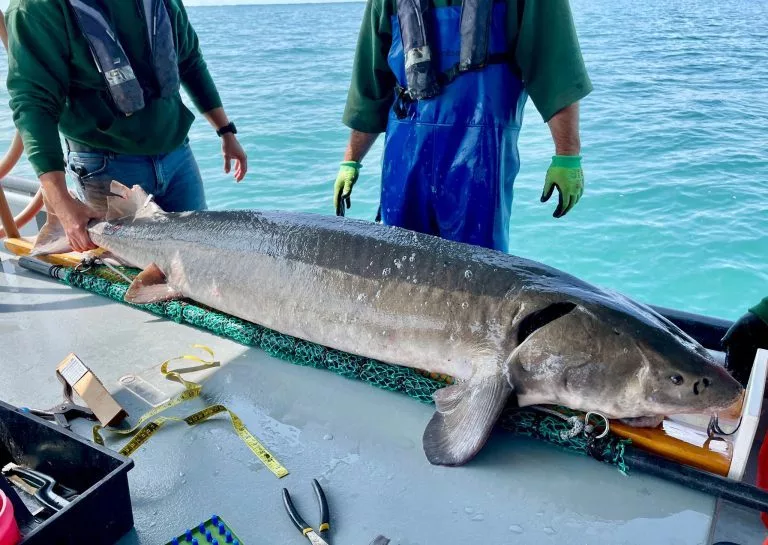
The Michigan Department of Natural Resources has released some highlights from its Great Lakes fisheries program in 2024.
DNR Fisheries Research Program manager Seth Herbst tells us the department has research stations all over the state that monitor fish populations in the lakes year-round. Their work helps shape policies like those that govern the fish stocking program.
“Many of our anglers and communities are well aware of the concern with invasive species in the Great Lakes, so tracking fish populations through time allows us to have a better handle on how to appropriately manage fish populations with new invasions,” Herbst said.
Herbst says the populations of various species fluctuates from year to year. Looking at Lake Michigan, he says the white fish population has been a concern since zebra and quagga mussels appeared. However, the fish population in the lake remains in good shape overall.
“Lake Michigan continues to provide kind of destination salmon fishing opportunities, so Chinook salmon, coho salmon.”
An issue the DNR noticed in Lake Michigan this past year was a decline in prey species that larger fish feed on. Herbst says there are fewer juvenile alewives, which could affect how many larger fish the DNR stocks in and around the Great Lakes.
Much of the DNR fisheries research is funded through the Great Lakes Restoration Initiative.
Photo: During the annual Lake St. Clair lake sturgeon survey in 2024, the crew caught a 75.2-inch, 125-pound sturgeon, the largest caught in the history of that survey.